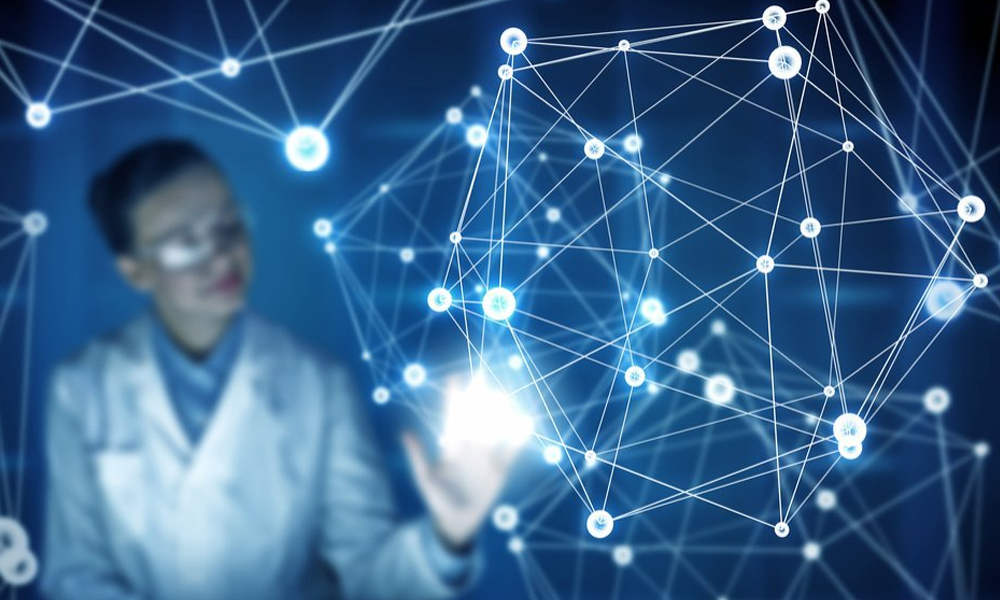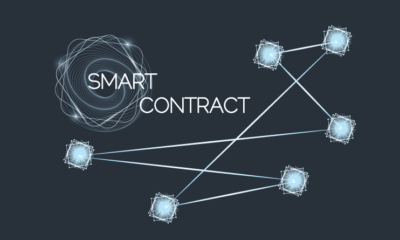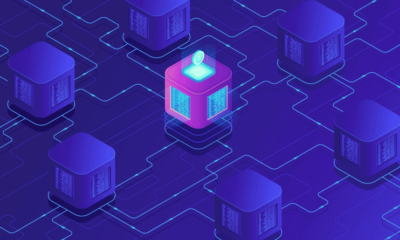
A lot has changed in the technology industry over the past few years, from cloud computing to IoT, but which technologies will transform businesses in 2018?
The year of 2017 was not a good year for the conventional brick-and-mortar businesses in the United States. According to the retail think tank Fung Global Retail & Technology, more than 6,000 traditional stores closed across the U.S. The reality is that many conventional stores are closing since they can no longer meet the changing needs of their customers. Market conditions are becoming more volatile while new technologies are being developed which will transform many businesses. Here are the top ten innovative technologies that will change business in 2018.
Blockchain Technology
The blockchain is the underlying technology behind various cryptocurrencies such as Bitcoin. Blockchain offers new opportunities for managing product safety and maintaining ethical standards. Typically, records can’t be altered once they have been added to the blockchain. This technology will mostly be used in the fashion industry to verify the originality of a given garment.
Immersive Experiences
A combination of AR and VR is changing the way that most people perceive and interact with the wide digital world. Application, development platform, and system software vendors are already competing to deliver the best immersive experience model. The focus is now shifting from AR and VR to mixed reality, which is the most preferred form of immersive experience. The user can interact with real-world and digital objects while maintaining his/her presence in the physical world.
Edge Computing
You may be wrong if you think that technology has already pushed you to the edge when it comes to digital transformation. Just when many enterprises are finally beginning to move toward cloud computing, edge computing came in and is now revolutionizing how business is done. As the concept of the Internet of Things continues to rise, the connected devices will require real-time processing and response which makes edge computing the only viable solution.
Cloud to Edge Computing
While most people tend to think that edge computing competes against cloud computing, this isn’t the case. Typically, edge computing refers to a computing topology in which content creation and information processing and delivery are placed much closer to the source of information. Cloud computing, on the other, delivers a wide range of technology services via internet technologies without dictating centralized or decentralized delivery. When executed together, cloud computing creates the service-based model while edge computing provides a customized delivery style that allows for implementation of disconnected aspects of the cloud service.
Augmented Reality
Today, the demand for augmented reality for the entertainment industry and other brands is on the rise. The introduction of affordable AR glasses makes it possible to work, shop, or play with the Heads Up Displays (HUD) without getting the mobile phone out of your pocket. AR is set to start customizing in-store experiences. Merchants will begin creating unique AR experiences with their packaging so that personalized demonstration videos can appear when you look at the product on the shelf.
Artificial Intelligence
The ability to use artificial intelligence to enhance decision making will reinvent various business in different ways. AI also aims at improving the overall customer experience and re-engineering business ecosystems. Interest is already growing in AI, and some transformed businesses have already started seeing the importance of incorporating AI into their business decision-making models.
Chatbots
All of us are already used to speaking to bots whenever we call to make airline or hotel reservations. However, the use of Chatbots is set to expand from use as automated customer care agents to become part of our daily living. The bots will do more than just respond to customer requests; they can provide useful and timely information such as “it’s time to eat your lunch.” Bots will act as financial investment advisors and will be omnipresent to add value to business brands.
Facial Recognition
Walmart has already paid for a patent that would accurately use facial recognition techniques to establish levels of customer satisfaction. Although facial recognition was mostly used in criminal investigations, it’s slowly penetrating into the business world. Facial recognition will help businesses develop personalized experiences for its clients and also offer greater insights into the consumer’s purchasing behavior.
Internet of Things
Today, most of the disruptive innovations rely on pre-existing infrastructure for mobile devices that puts most organizations a click away from millions of consumers. This can be made possible through the Internet of Things technology which is among the many innovative technologies that add smart sensors to various connected devices so that consumers can do a wide variety of things over the internet.
Microservices
Microservices is an incredible innovation which involves developing various software systems. This technology has become the preferred way of developing different enterprise applications. Microservices architecture is considered ideal when you have to enable support for a broad range of devices and platforms. It is highly scalable and presents a new dimension of business software development.








